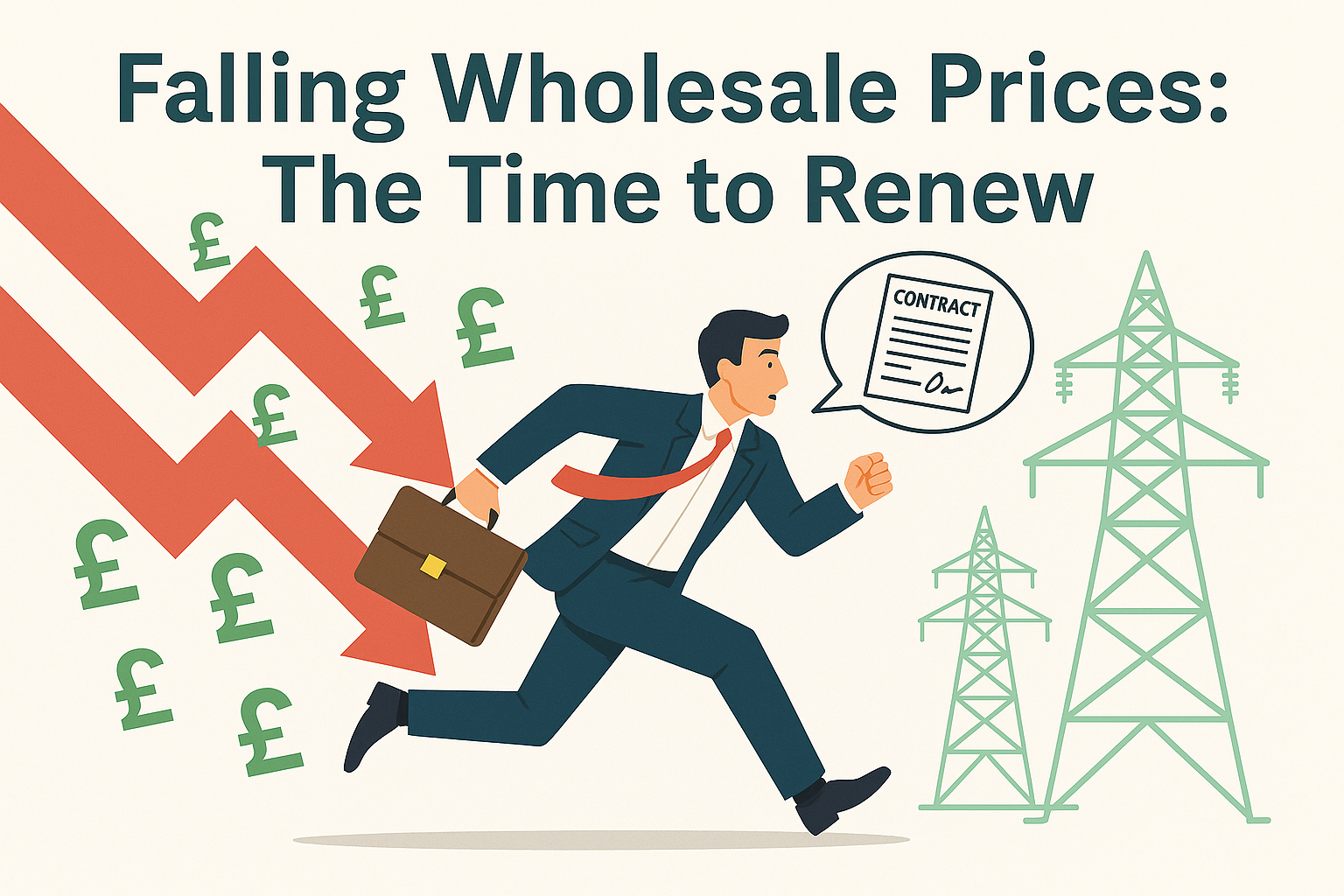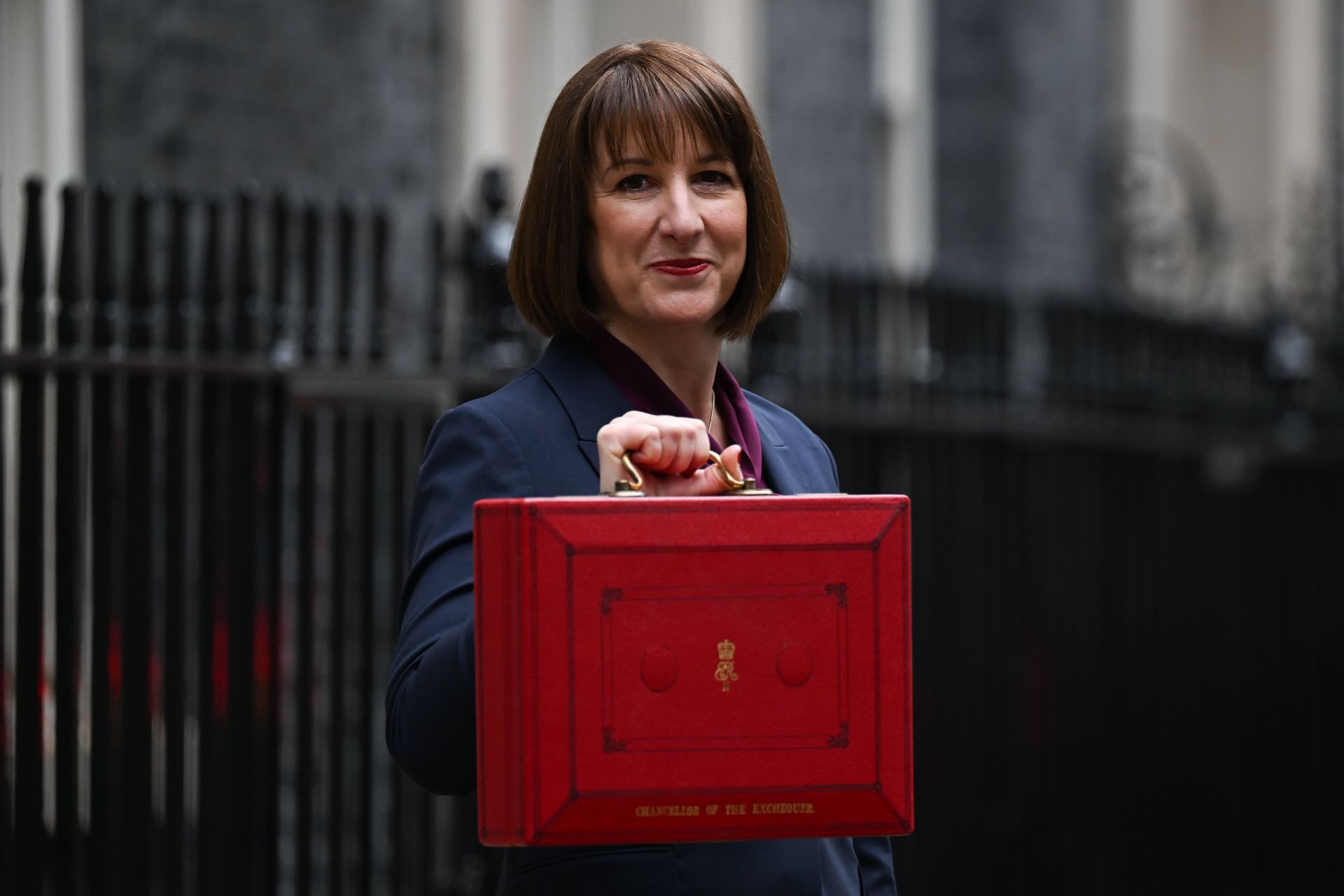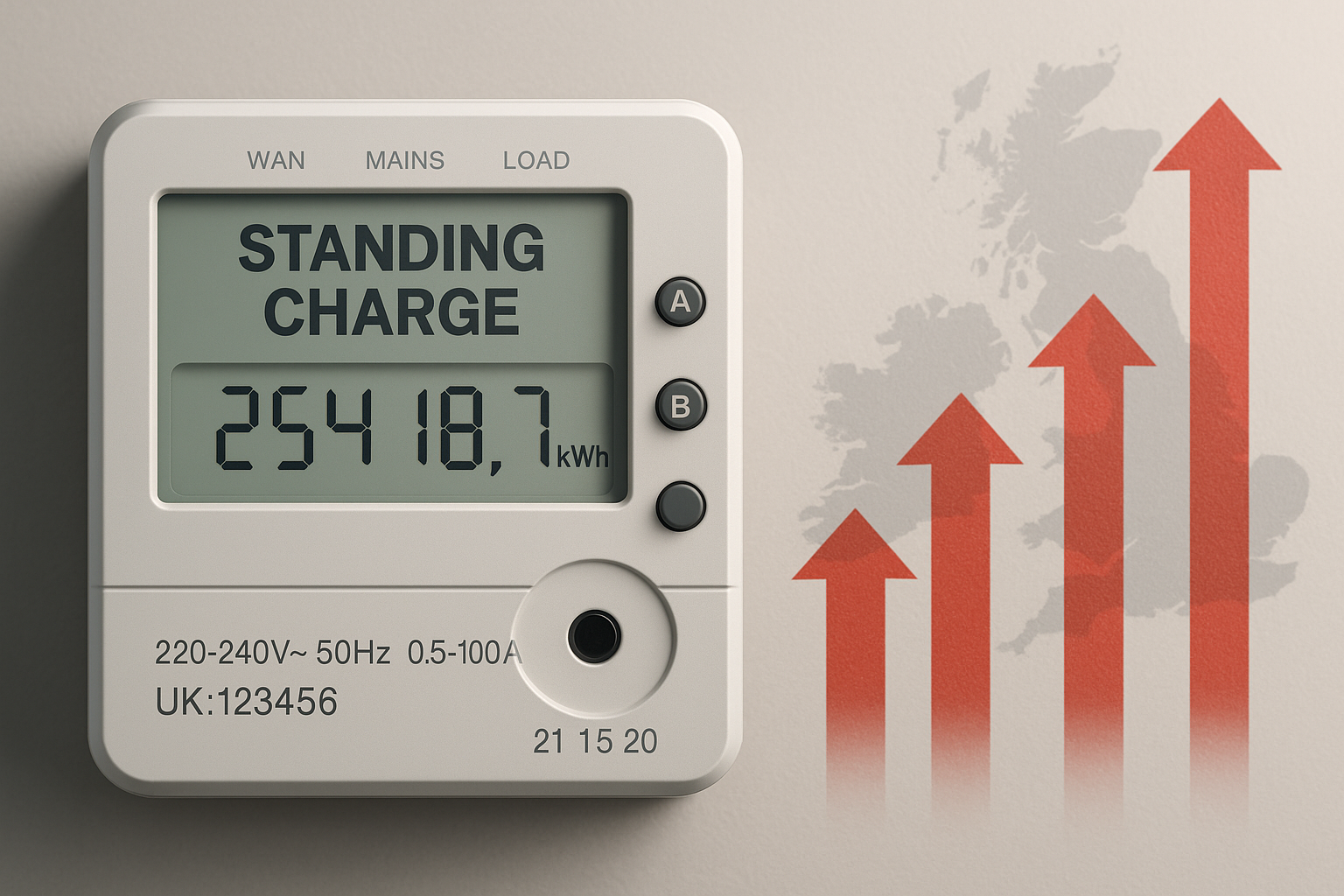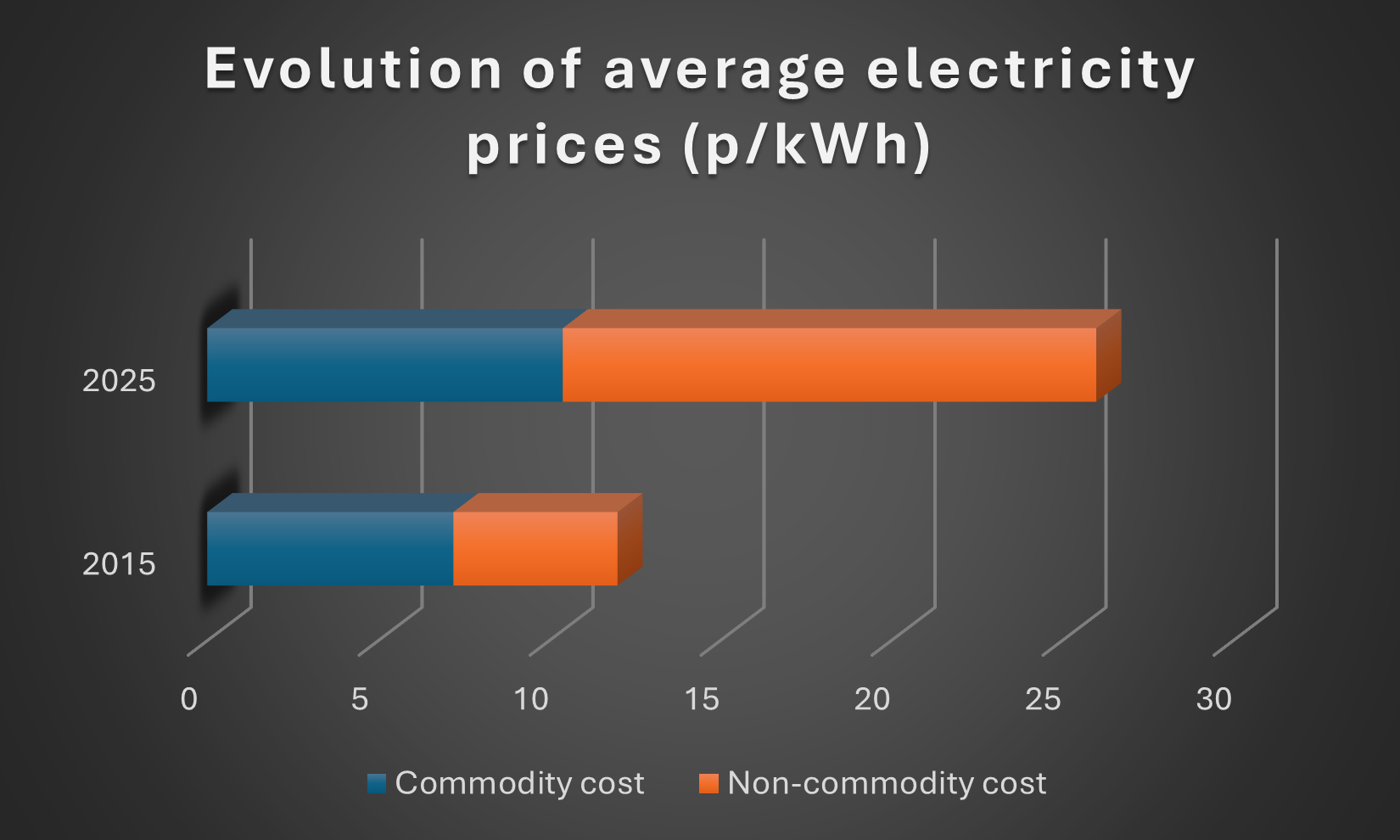July 2024 Review
July was a month that saw a combination of the familiar and the new. England failing to win at a major football tournament, and a new government taking power. The continuation of narratives that have been catalysts behind energy price moves for most of the year, and fresh challenges that have impacted the global gas supply picture.
The month started with some positive news. With Gazprom contracts -- that are vital to central and Eastern European countries – due to expire at the end of this year, there have been concerns about how this supply-shortfall could be filled. So, it was a boost when Ukraine announced that they would be able to assist in sending Azeri gas through their pipelines. This eased some fears, but the story is still developing, and there are worries that this could be a way of disguising Russian gas shipments to get around embargoes.
A major threat to the global LNG supply came from the US. The 130km/h winds of Hurricane Beryl hit Texas after the first week of July, causing the Freeport LNG facility to ramp down production. This ramp down led to Freeport producing at levels significantly below capacity for over a week. This did have a negative impact on wholesale gas prices, but more alarmingly shows the vulnerability of relying upon US shipments. Beryl was a category one (the lowest of 5 levels) storm, and forecasters are warning that the upcoming hurricane season could be a particularly bad one.
The bad news wasn’t just coming from the west in July. As has been a recurring theme this year, conflict in the Middle East played a large impact on prices as they began to rise. Israel launched significant offensives across the region, likely dragging Iran deeper into the conflict. It now seems inevitable that LNG shipments from the region will be impacted as this conflict looks set to grow throughout August.
And closer to home there were issues with EDF’s nuclear reactors. Production was cut at the end of the month due to elevated water temperatures. For now, this is a small issue that may not impact prices, but if the water temperature forces a more sustained closure, then it could become a point of concern.
Outlook
While the news in July wasn’t the most positive, the outlook for coming months has a lot of factors that could see prices drop further.
European gas reserves are now approaching 85% full. This is very high for this time of year and will likely mean there is no unexpected European buying pressure as we go into the colder months.
A potential problem that could impact prices in August is the Norwegian gas fields scheduled maintenance. The maintenance operations are scheduled to begin in August and continue into September, although some experts are predicting that the current gas reserve levels should prevent the maintenance projects from having a serious impact on prices, as they had done in June.
July also saw Greg Jackson, CEO of Octopus Energy, give a prediction that would have been pleasing to all Scottish energy consumers. He believes that if OFGEM regulatory changes are implemented, Scottish homes and businesses could receive free electricity during times of high winds. Currently, wind turbines shut down when there is an excess of supply to the grid, but a change in the way the grid is operated, and the introduction of dynamic pricing could see free energy during periods of high production. While there is no time-period outlined for when this could take place, we are likely to see more regional pricing become commonplace in the coming years.
How energy prices move in the coming month will likely depend on the geopolitical situations in the Middle East, and whether the fears surrounding the temporary reduction in Norwegian output will outweigh the confidence in the high European reserve levels. Keeping an eye out for long-term weather forecasts will also be prudent.
If your business requires advice with its energy procurement, management, or planning, then don’t hesitate to contact Seemore Energy to speak to experienced advisors who can help you with bespoke strategies and advice that is tailored to your needs.










